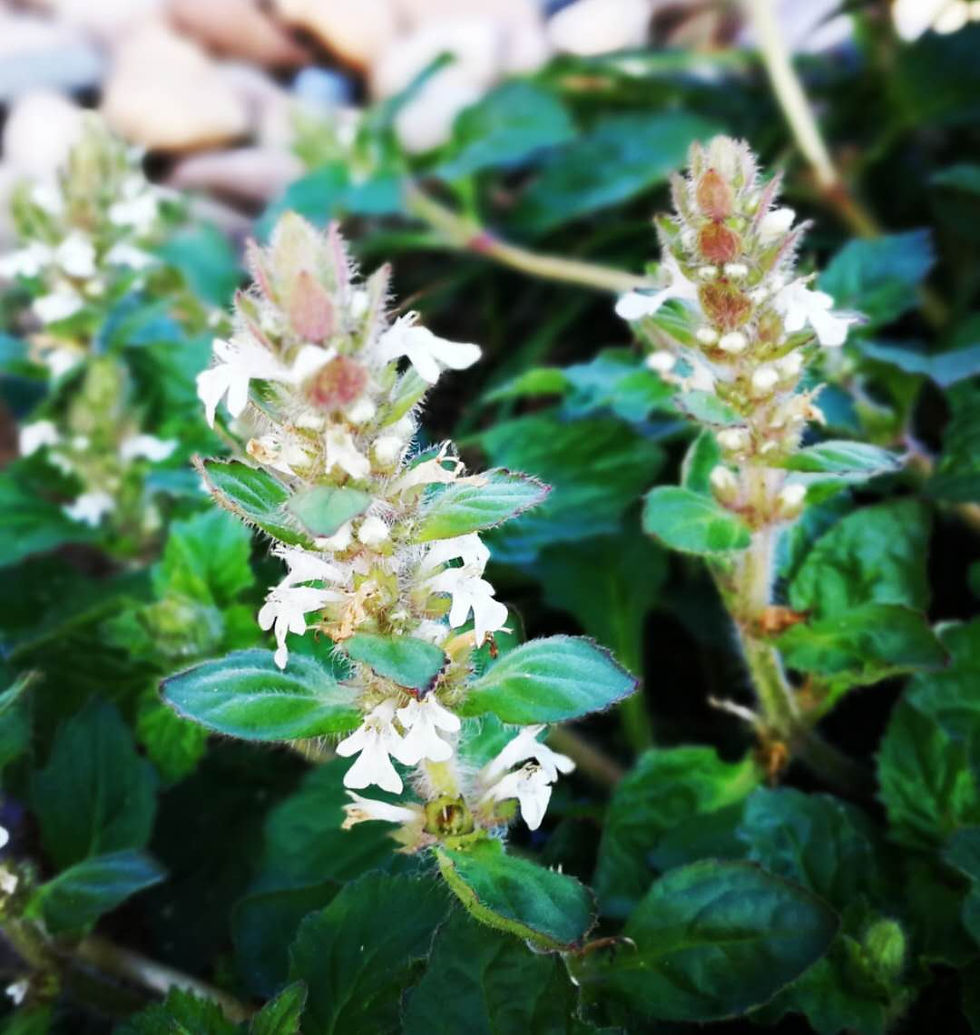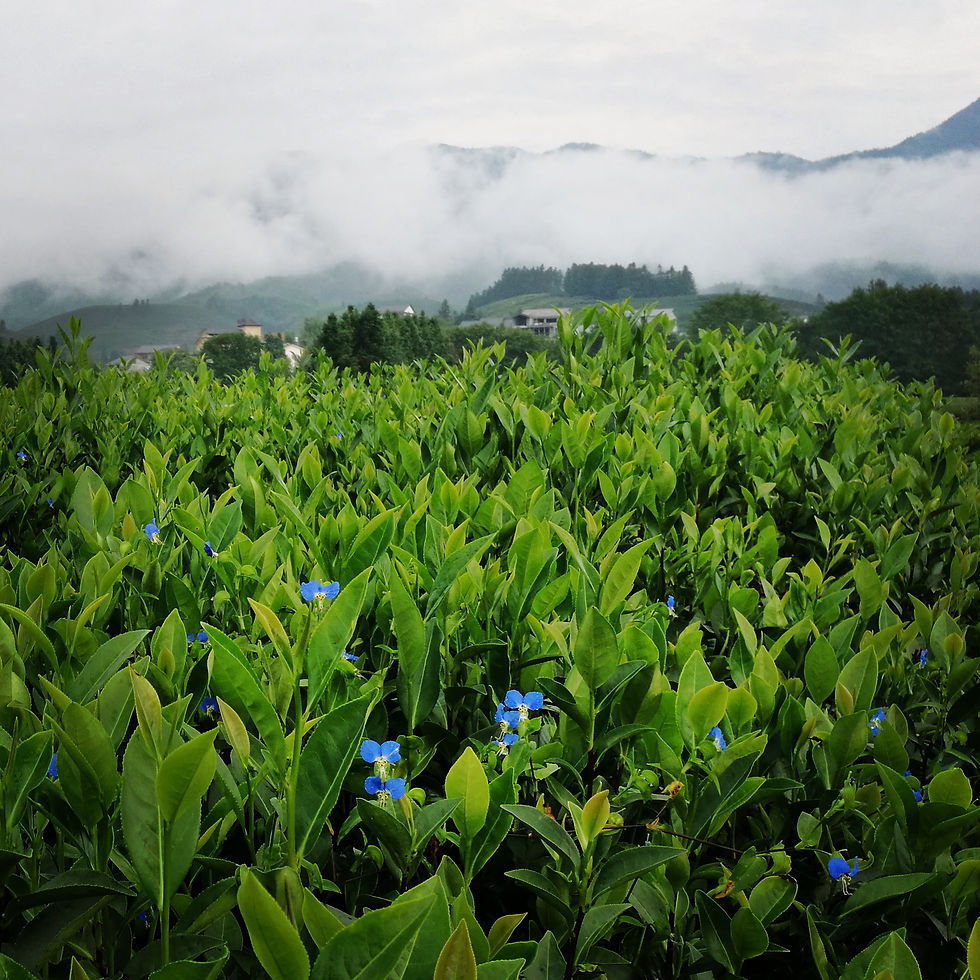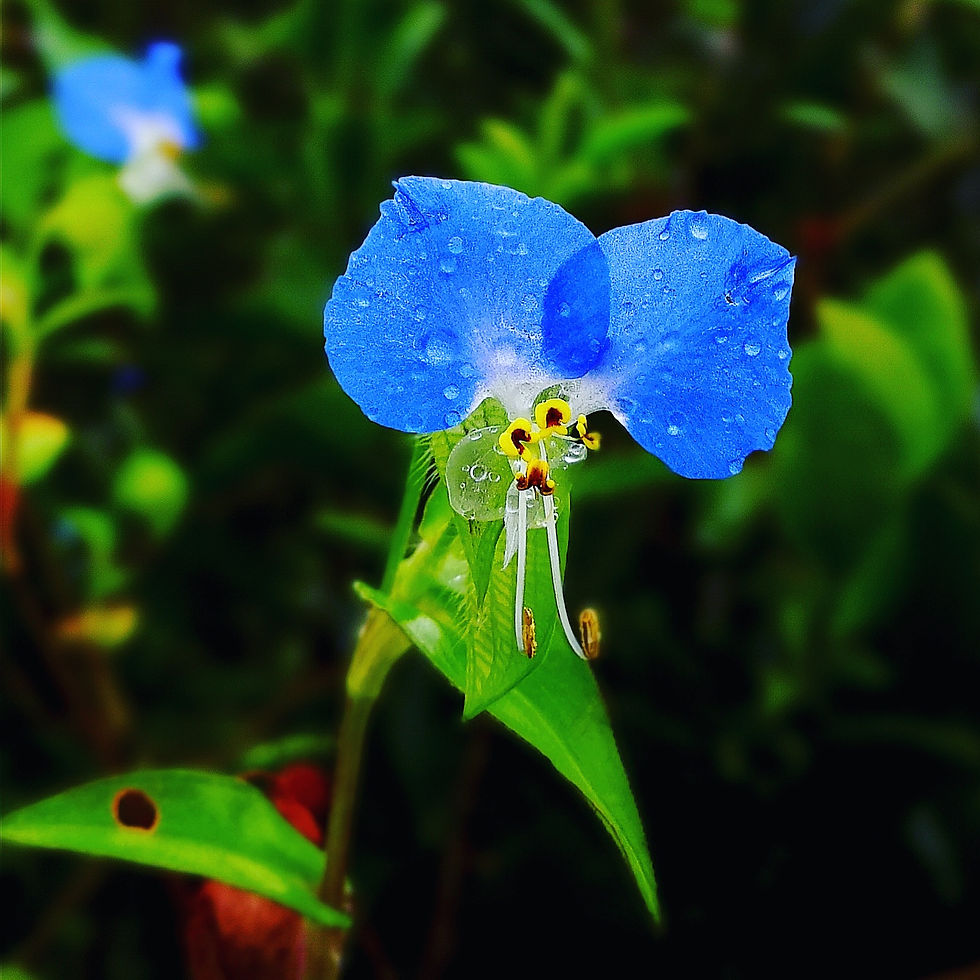Blog 75: Why One Harvest Per Year Is the Best
- Valley Brook Tea

- Dec 6, 2018
- 3 min read
As a tea producer, we’re always proud to say that all our teas are from the spring harvest, and we only have one harvest per year. One harvest per year guarantees the top-notch quality of fresh leaves. Therefore, when all leaves get processed into tea, we can have the top-tier tea products.

As obvious as it may seem, it’s actually quite difficult for tea vendors and tea store owners to explain just how one harvest per year makes a tea better. This is perhaps why most online posts only talk about one harvest per year allows tea plants to rest for a longer period so that tea plants can be healthier.
It takes a long time of observation and a through understanding of tea plants to be able to fully interpret this matter. One or a couple visits to the tea mountain are simply not enough.
Many tea lovers don’t realize that the final purpose of a tea plant is not to produce tea leaves. Just like that of many other organic lives on earth, the purpose of a tea plant is to reproduce and grow larger in numbers. This means tea plants have four seasons, and they’re surrounded by different plants in different seasons.

Tea plants are easily influenced by the environment, especially by nearby plants and the small climate in the area. In a previous blog, we explained why good mountain fields (Chinese: 山场, pronounced: Shān Chǎng, meaning: land where tea plants grow) look disorganized. In another blog, we introduced that how old Shui Xian plants are influence by moss and acquire the moss flavor in leaves. Tea plants that grow in a bio-diverse environment are able to better absorb the aromas and fragrances of the nature. This also the reason behind why some mountain fields are better. It’s the diversity of lives that makes the difference.
Every season, there would be different flowers blooming.
In February, plum blossoms, trumpet vines and cymbidium kanran dominate the field.

In March and April, we have peach blossoms, pear blossoms and cherry blossoms. In the tea field, we also have canola flowers, bugle flowers and Chinese milkvetch flowers. There are endless acres of flowers. They crowd on the side of the tea field pathways. The small light yellow flowers of Chestnut trees blend into mountains like colorful waterfalls.

Tea harvest begins in this symphony of flowers.
But even after the harvest, tea fields don’t quiet down. In summer, even the shadiest corner will grow flowers. In Wuyi mountains, water streams go as tall as the mountain. Anywhere the water flows, irises, orchids and lotuses thrive. Between June and July, tickseed flowers decorate every country pathway and tea garden.

Autumn usually comes quite late in Wuyi mountains. To be honest, it’d be more accurate to call it late summer than autumn. Sweet osmanthus flowers are accompanied by the little blue flower vines attached to tea plants. These vines normally disappear within weeks, if you don’t live by the tea field, you wouldn’t notice they’ve been there at all.


Tea flowers, children of tea plants, blossom around the beginning of November. In no time, tea flowers occupy the entire land with those cute and charming white flowers with golden buds in them. Tea flowers would continue to blossom until the next spring.

This is the four-season of a tea plant. If we harvest more than once a year, we’d miss part of this annual cycle. A leaf contains not only the four-season of the tea plant, but also the encounter of other lives. Those lives, no matter how transient they might be, are all absorbed, remembered and cherished by the leaf.

If a tea plant is also harvested in summer, fall or winter, it’d definitely miss a large part of this circle of life. In other words, a tea leaf wouldn’t be complete if it doesn’t absorb the essence of all four seasons.
In the eyes of a tea maker, tea is a plant, a beverage, and a completion of the four seasons.
We hope you enjoyed today’s blog. As always, if you have questions or suggestions, please leave a comment, tweet us @valleybrooktea or email the author directly at zhang@valleybrooktea.com. Please also follow us on Instagram @valleybrooktea and join our mail list to get our daily tea updates and our latest promotions!





Comments